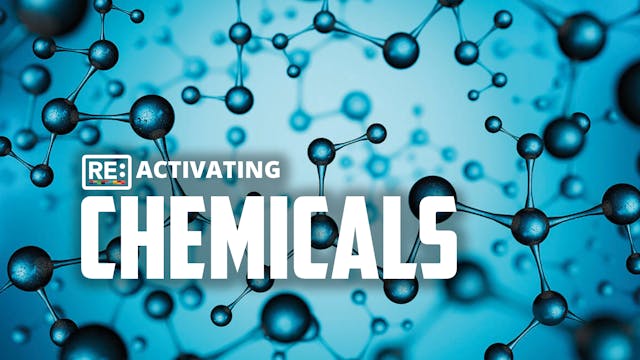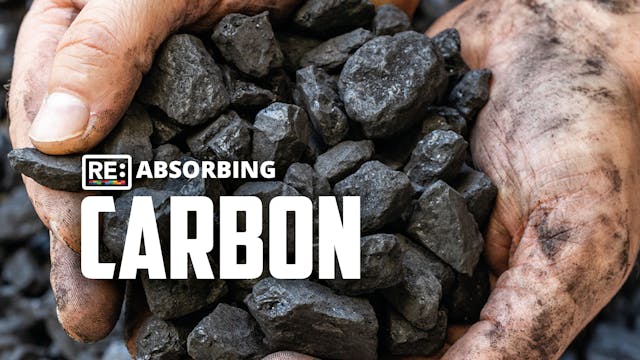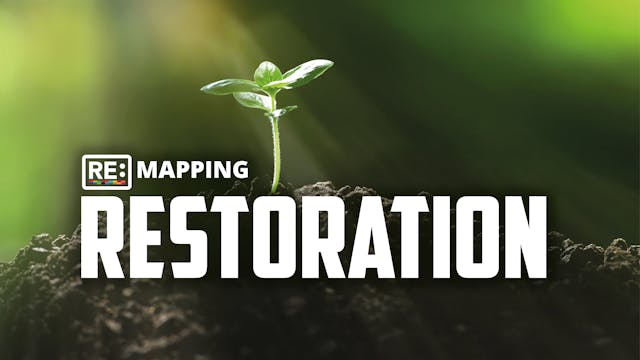Nature has evolved over millennia, with every species alive today the product of generations of adaptation and refinement. Janine Benyus of the Biomimicry Institute sets out how the guiding principle of biomimicry is to learn from this vast resource of natural research and development, seeking inspiration for the design and engineering problems we face today.
Biome Renewables are using this approach to look at how to make existing renewable energy products more effective and efficient. Their founder, CEO and CTO, Ryan Church brings together a background in engineering, materials and systems with an entrepreneurial spirit and a life-long interest in biologically-inspired design. He and Bryan Murphy, Biome’s Head of Finance, explore some of the technology that will power the transition to a clean energy future.
Examples include their PowerCone technology, which takes inspiration from the aerodynamics of a falling maple seed to allow turbines to harness more energy, and the FeatherEdge, which takes its inspiration from an owl’s wing to reduce the noise associated with wind turbines - making them more suitable for residential areas.
With thanks to:
Ryan Church, founder, CEO and CTO
Bryan Murphy, Head of Finance
Janine Benyus, co-founder Biome Renewables is a finalist of this year’s Ray of Hope Prize, which was started by the Biomimicry Institute to showcase and support companies using biomimicry to address the climate crisis.
Up Next in Science: Ages 11-14
-
Reactivating Chemicals
New Iridium is the Carbon-negative chemical manufacturing inspired by photosynthesis.
The chemicals industry generates trillions of dollars of revenue globally, producing a wide range of products from packaging and paint to food and pharmaceuticals. However, many of the manufacturing processes i...
-
Reabsorbing Carbon
ReTV looks aft accelerating carbon capture from natural chemical weathering. With more than 2 trillion tonnes of excess carbon dioxide in the atmosphere today, we need to accelerate efforts to capture existing #CO2 as well as reduce our emissions.
The oceans are one of the largest carbon sinks on... -
Remapping Restoration
A collaboration between the Crowther Lab, ETH Zurich and Google, Restor is a mapping platform for the fast-growing global restoration movement.
Traditionally, detailed scientific data and resources have been difficult or expensive to access, with information spread across a mix of outlets and p...



